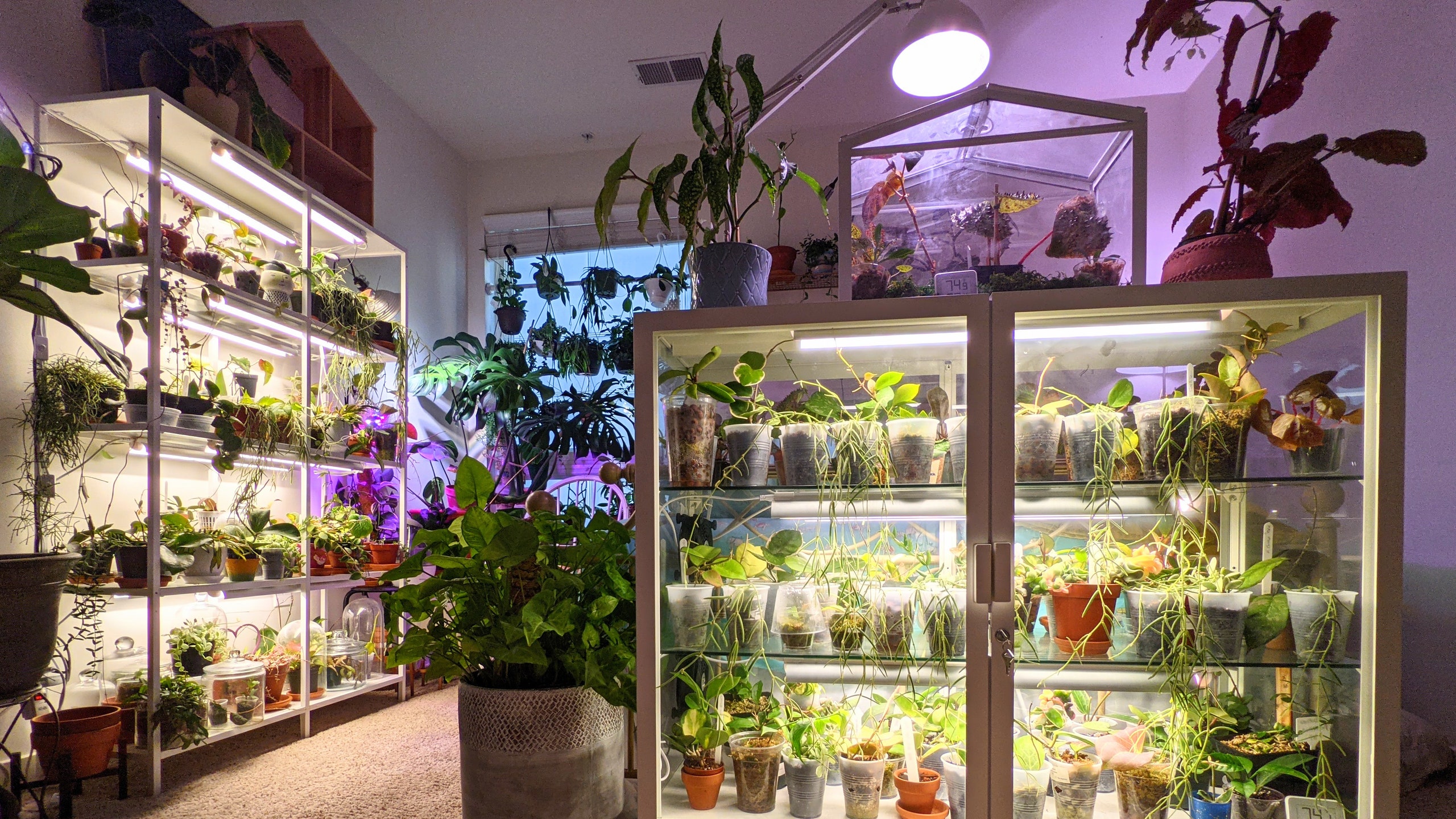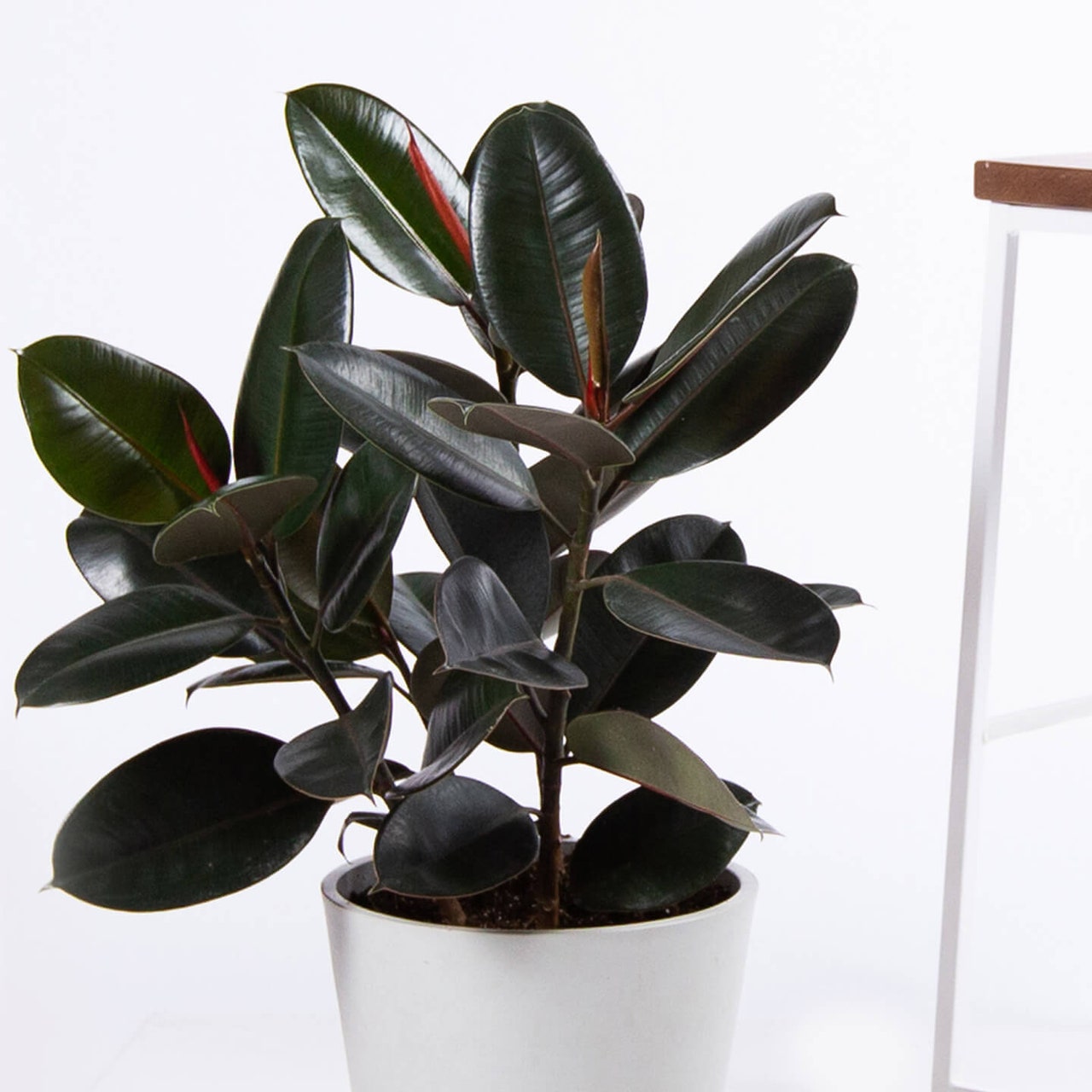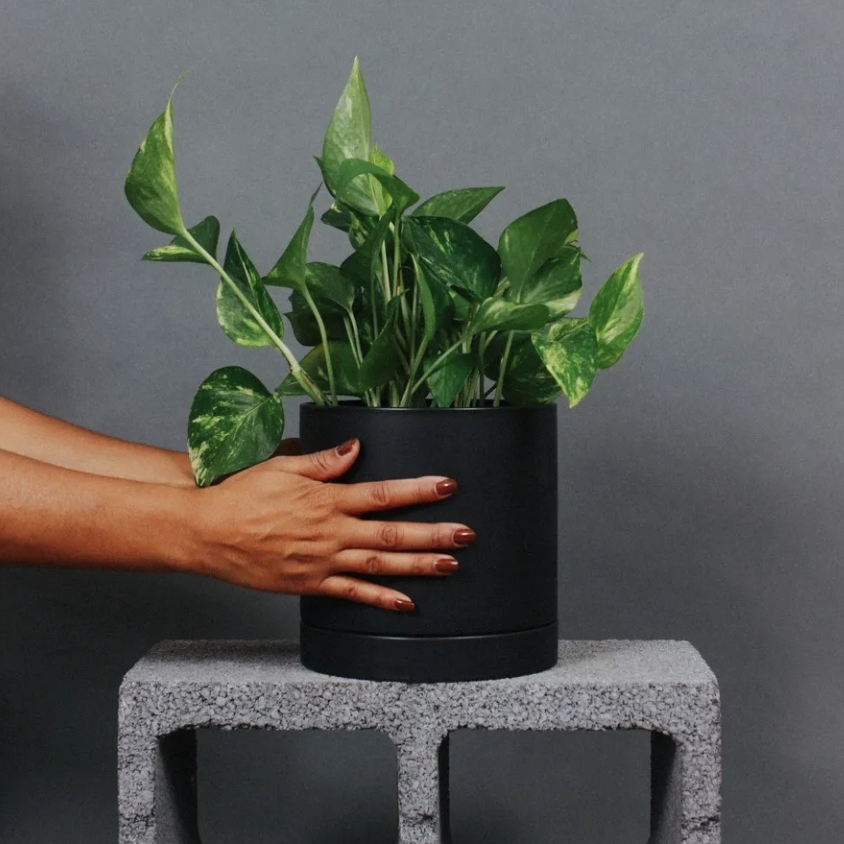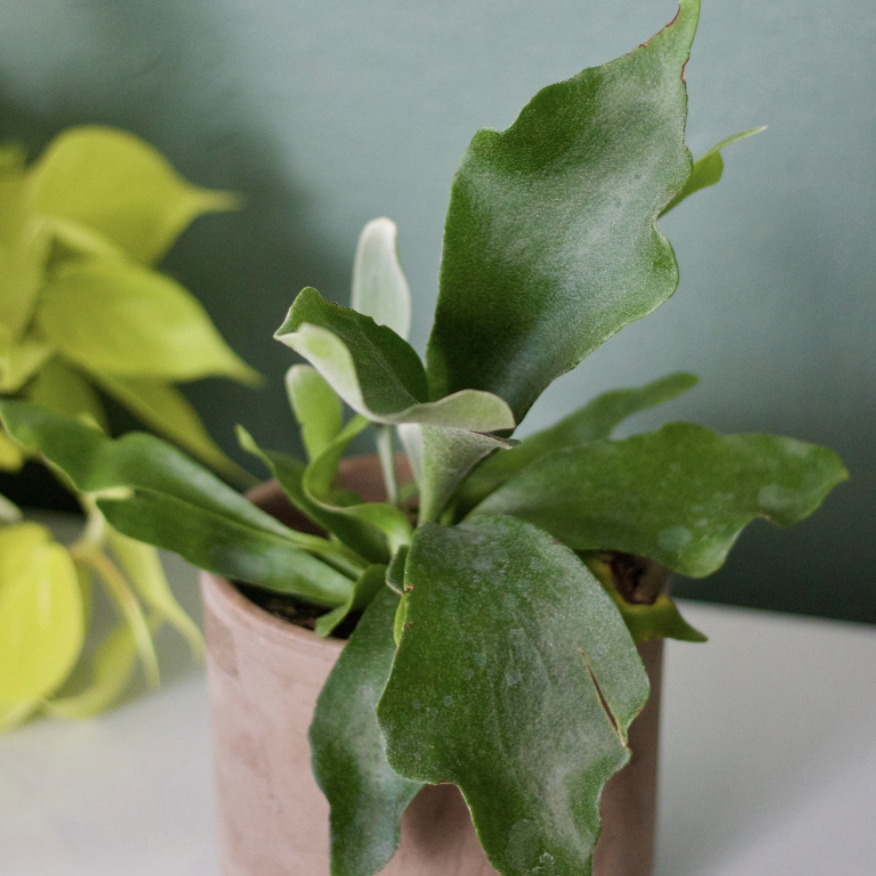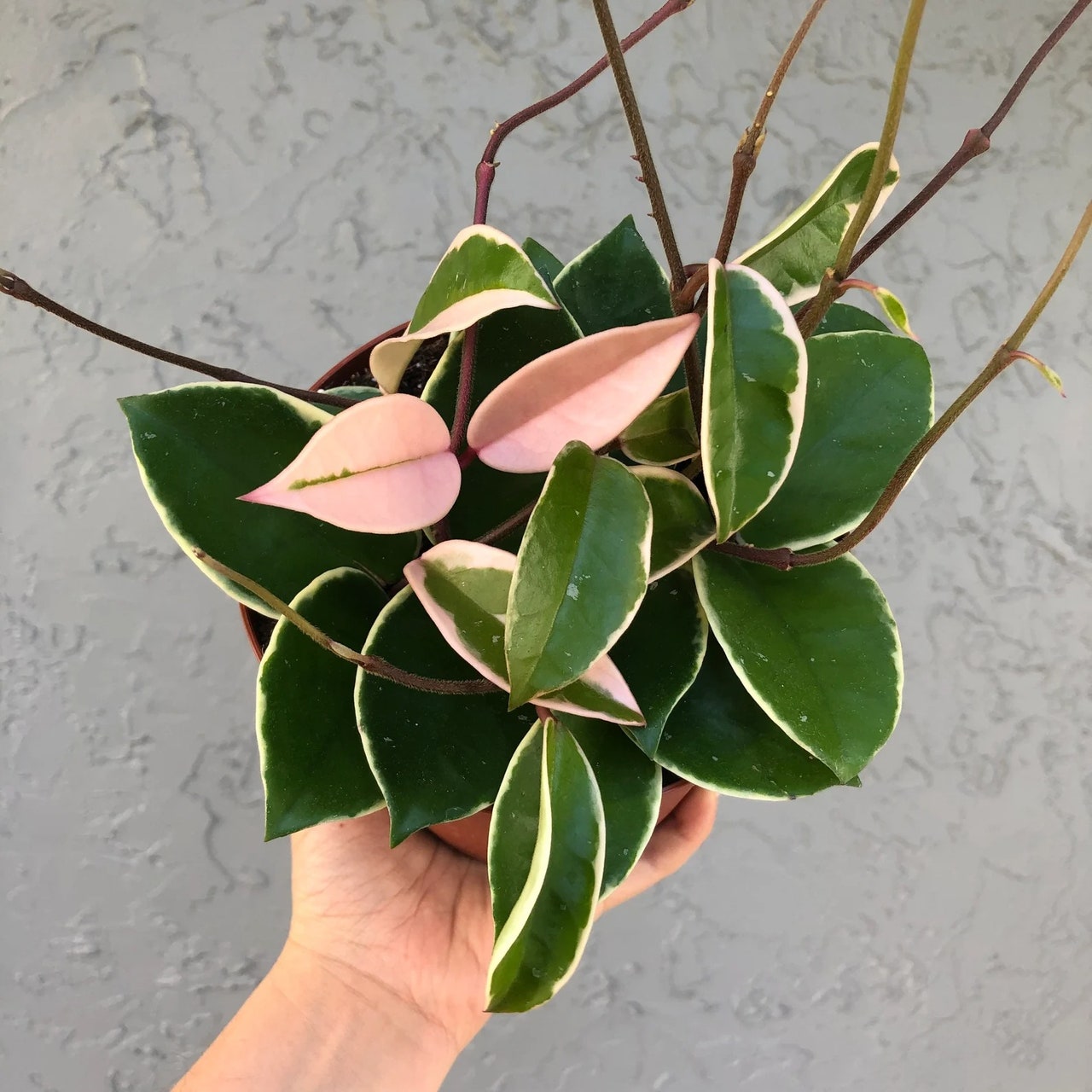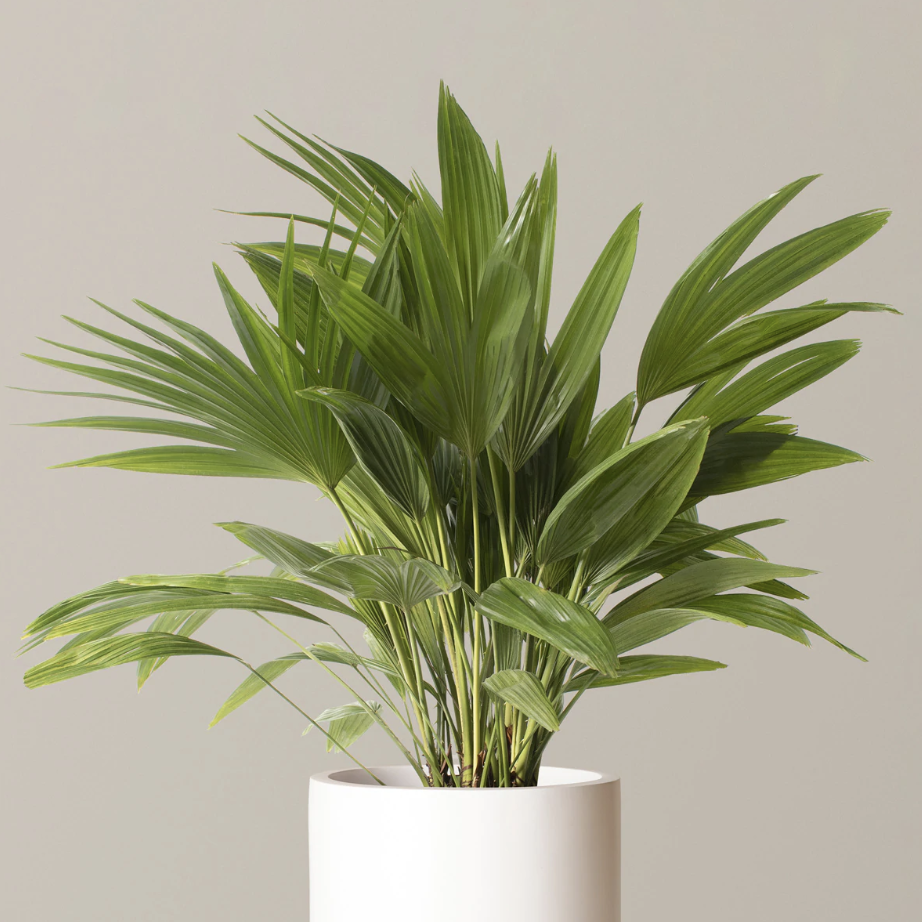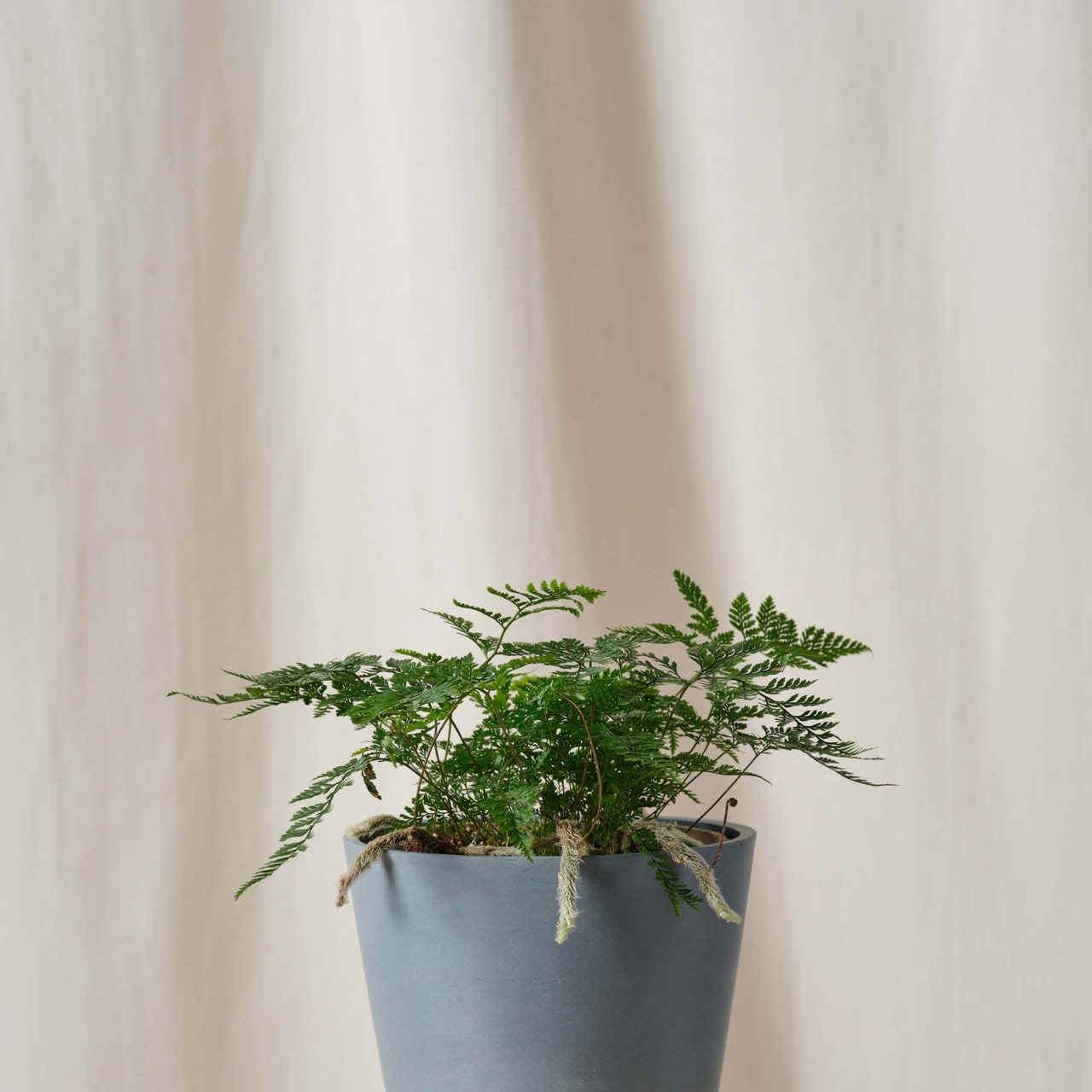As you might expect, some of the world’s most common houseplants hail from tropical climes. From the popular Pothos, with its heart-shaped leaves that drape down in vines, to the wall-mounted staghorn fern, there’s a tropical houseplant for every vibe. Many of the more beautiful and coveted varieties have roots in the tropics of Asia and the Pacific Islands, where tall canopies shelter the plants from too much sun exposure—a great feature for a houseplant to have if your apartment doesn’t get much sunlight.
As these locales tend to be more humid, their indigenous flora loves cozier, warmer spaces, making them ideal plants for our homes. While indoors, houseplants are shielded from environmental factors, such as frost, snow, and a lack (or abundance) of water. Indeed, as long as you aren’t making any newbie plant parent mistakes, houseplants from tropical regions do very well inside. Here are six houseplants that experts recommend from Asia and the Pacific, along with instructions on how to keep them flourishing all year round.
Rubber Plant
The flowering rubber plant, or Ficus elastica, is native to places in Southern Asia like India, Nepal, Myanmar, China, and Malaysia. According to Matt Aulton, cofounder of Plant Proper, this low-maintenance houseplant is one of the more popular Ficus plants. But for those wanting to create an urban jungle look, the rubber plant can grow into a larger tree depending on the quality of care that you give. “Ficus prefer bright indirect light throughout the whole day to thrive,” he says.
The rubber plant can even slowly adapt to full sunlight and is rarely impacted by common houseplant pests. Matt notes that the plant responds best when the soil is allowed to dry between waterings. While it’s true that the Ficus elastica can reach greater heights, pruning the plant can keep it on the smaller side if a more compact and fuller houseplant is preferred. As a bonus, the plant loves to be root bound, “so there isn’t a rush to repot this plant very often,” Matt adds.
Chinese Fan Palm
The Livistona chinensis, known as the Chinese fan palm, can be found in southeastern China, southern Japan, Taiwan, and more. As gardening expert Lindsay Pangborn, of Bloomscape, points out, the plant has plenty of perks. In fact, it’s often beloved for its beautiful fanning leaves, light green stalks, and lush appearance. Plus, it’s easy to care for. “The Chinese Fan Palm is adaptable to many indoor settings and can thrive under bright indirect light, infrequent watering, and an occasional mist,” she says. This plant tolerates periods of drought, making it the ideal houseplant for those frequently away from home or those who have little time for constant plant upkeep.
As with most tropical houseplants, the Chinese fan palm should be thoroughly watered to allow excess liquid to drain out. Lindsay advises that a planter with a hole at the bottom is best for this plant, reminding us to “maintain a somewhat consistent room temperature.” Doing so will allow the Chinese fan palm to settle into its new environment and consistently add new growth.
Hoya
As a genus hosting over 500 species of plants, it might be hard to pin down the most popular or common Hoya, also named wax plants. In fact, The Re/Sprout co-owner Kanti Crain insists that there are almost too many to count. “There are so many varietals that just like Pokémon, you’ll want to catch them all,” she explains. “Not only are they gorgeous, but they are so easy to grow and propagate.”
